
This parent guide supports parents in helping their child at home with the 7th grade Science content.
- Subject:
- Science
- Material Type:
- Reference Material
- Vocabulary
- Author:
- Kelly Rawlston
- Letoria Lewis
- Date Added:
- 10/11/2022

This parent guide supports parents in helping their child at home with the 7th grade Science content.

This resource accompanies our Rethink 7th Grade Science course. It includes ideas for use, ways to support exceptional children, ways to extend learning, digital resources and tools, tips for supporting English Language Learners and students with visual and hearing impairments. There are also ideas for offline learning.
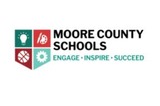
Students will use collected data from the weather station to describe and predict weather patterns. They will then create a weather report/forecast based on their data and predictions using the Ipad pretending to be the meteorologist.
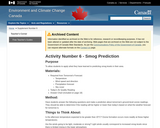
Students will relate weather conditions to ground level ozone and air quality conditions.
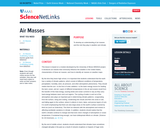
Students learn about air masses and the role they play in weather and climate.
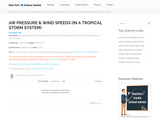
Students will graph data to better understand the relationship of low pressure to storm severity.
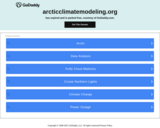
In this activity, students will understand the analog method of forecasting and make a weather prediction using the analog method.

In this lesson, students interpret graphs of global temperature records and Arctic temperature records for the past 100 years to determine differences in the rates of change between the two records.

This series of activities focuses on the world's oceans and their integral role in weather and climate. In step 1, students will identify the basic circulation patterns of the oceans and evaluate the relationship between ocean currents and trade routes of the past. In step 2, students will analyze climatic data from coastal and inland regions and conduct and experiment on the differing heat capacities of water and air. In step 3, students will locate major port cities of the world and identify ocean currents as potential travel routes. In step 4, students will explore El Nino by analyzing satellite-based data and evaluating weather reports for evidence of its occurrence.

Students will learn about the structure and composition of the atmosphere. Students will also track weather conditions for four days. and relate their observations to atmospheric characteristics.

This resource discusses using a barometer to measure the air pressure and predict weather conditions.

In this lesson, students read an article about meteorology and weather maps. Then they will complete an activity where they will draw weather symbols on a copy of a map of North America to correspond to a written weather report.

Students build an anemometer to measure wind speed.
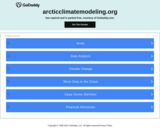
Students build a psychrometer to measure humidity in the classroom.
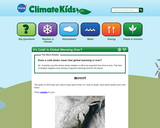
The movement of Arctic air, known as the Arctic oscillation, can and will cause periodic extreme winter weather outside the Arctic region - the harsh winter experienced in many parts of the U.S. in 2010 is a recent example. This article explains the connection between the two events. This article is part of the Climate Kids website, a NASA education resource featuring articles, videos, images and games focused on the science of climate change.
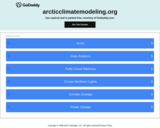
In this activity, students will understand the climatology method of forecasting and make a weather prediction using the climatology method.

In this scenario-based, problem-based learning (PBL) activity, students investigate cloud formation, cloud classification, and the role of clouds in heating and cooling the Earth; how to interpret TRMM (Tropical Rainfall Measuring Mission) images and data; and the role clouds play in the Earth’s radiant budget and climate. Students assume the role of weather interns in a state climatology office and assist a frustrated student in a homework assignment. Learning is supported by a cloud in a bottle and an ice-albedo demonstration, a three-day cloud monitoring outdoor activity, and student journal assignments. The hands-on activities require two 2-liter soda bottles, an infrared heat lamp, and two thermometers. The resource includes a teacher's guide, questions and answer key, assessment rubric, glossary, and an appendix with information supporting PBL in the classroom.
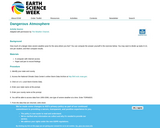
Students will access the National Climatic Data Center's online Storm Data Archive and collect data about severe weather patterns in their local area.

Students collect weather data over several days or weeks, graph temperature data, and compare the temperature data collected with long-term climate averages from where they live. Understanding the difference between weather and climate and interpreting local weather data are important first steps to understanding larger-scale global climate changes.

Students set up a school weather station to collect data on local weather conditions, disseminate local weather conditions to the school and surrounding community, and conduct a research study to see what they can learn by collecting weather data over a period of time.